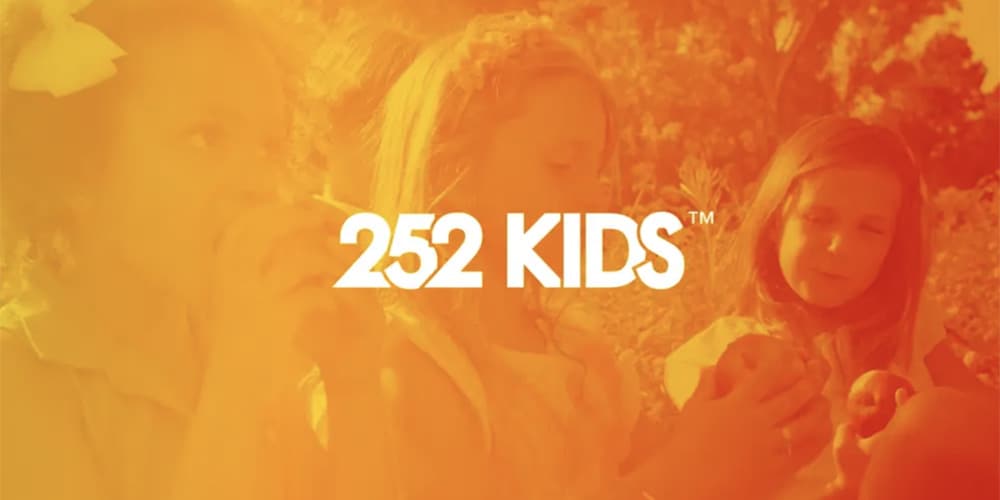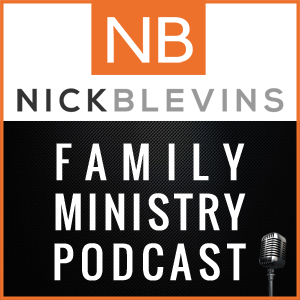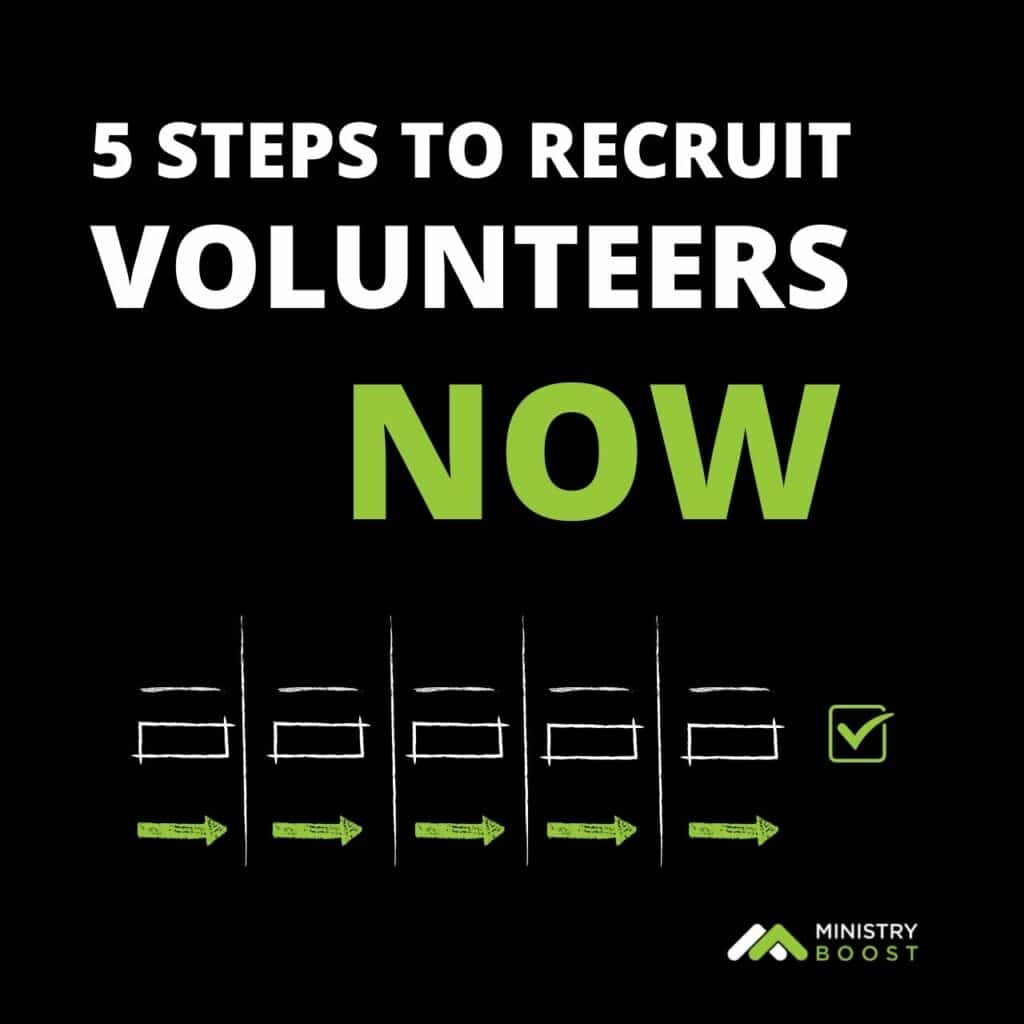252 Kids (formerly 252 Basics) is a curriculum churches use for elementary kids in their children’s ministry. The name comes from a verse in the Bible that describes what Jesus was like as a child:
“And Jesus grew in wisdom and stature, and in favor with God and man.” – Luke 2:52
The curriculum is based on helping children grow in the same way Jesus did:
- In Wisdom
- In Faith (favor with God)
- In Friendship (favor with man)
252 Kids is more than just a curriculum, however, it’s a strategy. It’s created by Orange, an organization dedicated to helping churches serve families as best they can. If you have recently implemented 252 Kids in your church, or plan to soon, I hope this post will be helpful to you.
Step #1 – Learn the Why Behind 252 Kids
Prior to implementing 252 Kids, you’ll want to learn as much as you can about the Orange strategy and the 252 Kids curriculum. Once you know the why, it’s easier to decide how to implement the what. Here are some tips for how to learn all about Orange and 252 Kids.
Orange Philosophy & Strategy
- Familiarize yourself with the Orange Strategy.
- Learn the 5 Orange Essentials.
- Download and use the Free Orange Resources.
- Read Think Orange for a more in-depth look.
- Attend the Orange Conference and Orange Tour.
252 Kids Curriculum
- Read About 252 Kids.
- Check out the different curriculum packages and purchase the right one for your church.
- Watch the 252 Kids Orientation Videos.
- Talk to your Orange Specialist.
- Join the 252 Kids Partners Facebook Group.
- Get Weekly (optional, but I highly encourage it)
Learning the why is important with anything, but especially with 252 Kids because it’s more than a curriculum. It’s a comprehensive strategy. Also, it’s designed to accommodate churches of 50 and churches of 20,000. For that reason, there’s a lot of material and it exists in multiple formats to help all types of churches.
Step #2 – Cast Vision to Leaders
I have already mentioned the importance of knowing why something needs to be done before deciding what to do and how to do it. This is even more important with volunteer leaders. Often times as leaders we spend time learning, reflecting, debating, and planning when starting something new. We forget how much time we spent when we share it with our team for the first time. Then, we wonder why they aren’t on board immediately after we share the news.
When implementing 252 Kids, it’s important to cast vision for why you’re moving in that direction. Here are some tips for how to do it and what to share.
- Download the Orange Vision Casting Kit.
- Meet with core leaders well in advance to share the vision with them and discuss any issues they have.
- Hold a volunteer training event and use the Orange Vision Casting Kit and curriculum orientation resources.
- In the midst of the event, be sure to communicate some of the important foundations of 252 Kids:
- Orange and 252 are built on the idea of partnering with parents.
They have the greatest influence with their children and are the ones primarily responsible for leading them, regardless of where they are in their own spiritual journey. We want to partner with them to help them thrive in that role and use the time they have well. - The goal is to have children in specific small groups with consistent leaders.
Kids learn best when they are known and feel connected. 252 Kids is designed with the idea of having kids in regular small groups. - The goal is NOT to teach children the entire Bible, but rather teach them the most important truths they need at this stage of life.
The reality is, children don’t need to learn the entire Bible as kids (see David & Bathsheba), nor do you have the time to teach it to them. With the limited time you have, you want to teach them what is most important and teach it over and over again, so it sticks.
- Orange and 252 are built on the idea of partnering with parents.
- Follow up 1-on-1 with any leaders who could not attend to communicate the vision to them as well.
If you implement 252 Kids without communicating the vision to your volunteers, they may become confused, upset, and even opposed to what you hope to accomplish simply because they were never told why you wanted to do it. Volunteers also need the opportunity to ask questions and process it in their own time.
Step #3 – 252 Kids Volunteer Roles
252 Kids is written for churches of all sizes, but regardless of your church size, a team should be utilized in implementing the curriculum. Here are the various roles that must be owned in order to implement 252 Kids well.
Depending on your church size, you may have individuals filling multiple roles or many people in each role. Whatever the case, strive to ensure nobody is carrying too much of the load. Seeing all of these roles may be overwhelming, but understand that some of them are optional and in smaller church settings it’s easy for people to fill multiple roles.
Small Group Editor
The small group curriculum is packed with great content. For most church settings, there’s more than enough for the time you have. Give somebody who understands what you’re going for the responsibility of editing the small group curriculum in advance. We typically leave 3 activities and the prayer and cut stuff each week to get there. Our editor is a highly gifted administrative person who actually doesn’t serve in the environment, but understands what we want and edits curriculum well in advance.
Large Group Editor
If you do large group live, you’ll probably want to edit that content as well. Maybe you’ll just edit to clean up the scripts for your volunteers, or like us, you may have to edit depending on who the hosts are. We have students serve as hosts and worship leaders, and often times edit the script to fit what they do well.
Small Group Leaders
Small Group Leaders are the lifeblood of any children’s ministry and 252 Kids is designed around the idea of having kids in specific small groups with consistent leaders. These folks should be relationally gifted who connect well with children. Check out the Lead Small articles on my site here for helpful content about small groups.
Large Group Leaders
If you do large group live, there are 4 primary roles to fill – Host, Storyteller, Worship Leader & Tech. If needed, people can double up with small group leaders running tech and Hosts leading worship as well. Do some version of an audition to evaluate and give them a chance to try it out. Look for folks who will come prepared and engage children from the stage. Unless I had people in place, I would start with video and focus on developing the other areas before moving to a live large group.
Tech Preparation
This may fall to a tech team person, but someone has to prepare any audio, video and lighting cues you plan to use each week. This primarily involves the preparation of whatever presentation system you use. We use Pro Presenter and love it.
Resource Team
A person or team of people should be assigned the role of acquiring and preparing both large group and small group resources weekly. Small group resources require more preparation and ideally, you do not want to put this responsibility on your small group leaders.
Decor Team
If you have the ability, I highly recommend changing up some of the decor in your elementary environment each month to go with the theme. Someone has to own the planning and implementing of decor, and ideally, they would recruit a team of people to help. Head on over to ReadySetSunday.com for decor collaboration and ideas surrounding 252 Basics themes.
Greeters and Check-in
Depending on how check-in works at your church, this may be separate from your elementary environment. But, either way, you’ll need people to greet families and check children in and out of the environment.
Coaches
Volunteer Coaches, or whatever title you may use, are people who lead teams of volunteers in settings where your volunteer base is too much for one staff person to handle. I believe in handing off leadership early, and I would recruit to Coach positions once the volunteer team goes beyond 15 or so in size. Coaches can lead teams of small group leaders, large group leaders, or some of the other teams mentioned.
The goal is to find utilize a team and prevent individuals (even staff) from carrying too much of the load.
Step #4 – Volunteer Structures
Regardless of what curriculum you use, you need some type of structure for your volunteer teams. Like all structures (building, financial, communication, etc), your volunteer structure can fuel growth or limit growth. For that reason, intentionally creating the best volunteer structure is extremely important. Because 252 Kids and Orange are part of a strategy, there are specific things you want to keep in mind as you structure your teams.
There are many different ways to structure your volunteer teams, and your structure affects everything from relational connection with families to leadership delegation. One mistake that’s easy to make is to build a structure that makes it easy for people to volunteer. That sounds counterintuitive because of course, you want it to be easy for people to volunteer. However, that shouldn’t be the primary factor in determining structure. Yes, you may get more volunteers, but quality is more important than quantity.
Here are important factors to consider when determining how you will structure your volunteer teams:
Number of services
The number of services you have is a big determining factor in how you structure your teams. Having small group leaders serve weekly in elementary is definitely the goal, but if you have one service that’s not going to happen. If you have 2-3 services, you might decide that your large group volunteers will serve once every 4 weeks during all services to get the most out of the preparation they put in.
Role requirements
Determine the minimum commitment for each role. We have some bi-weekly preschool volunteers, but that’s the minimum for us. Outside of large group and check-in, all roles in preschool are weekly or bi-weekly and all small group leaders in elementary are weekly. We’re even slowly moving towards weekly in preschool.
You might be tempted to do a month on / month off, or every 3rd week, or something different like that. I would not go that route and the next factor is the reason why.
Prioritize Relationship Building
Build a volunteer structure that maximizes relationship building between leaders, kids and their parents. If people serve once a month, every 3rd week, or month on / month off, it’s hard for them to build solid relationships. Yes, it’s more difficult to recruit towards. However, once you make the move it’s easy to continue recruiting to it because new volunteer prospects won’t know about how it was before. Often times we talk to a new volunteer prospect who wants to serve bi-weekly, learns that weekly is the only option, and decides to go for it anyway and is happy they did. Some don’t, and that’s okay too.
Leadership Delegation
Your volunteer structure should not look like the one Moses had before his father-in-law taught him how to delegate (Exodus 18). If you have more than 12-15 volunteers, you should build in roles where volunteers lead and serve teams of volunteers. We call them coaches, and ideally, we like every coach to lead up to 8-12 volunteers, 15 max. Anything beyond that is too much for one volunteer and people aren’t cared for and led at the level we expect. Roughly speaking, if we had 100 volunteers we would hope 8-10 of them would be coaches. You’ll have empty coach roles as you start out and as you grow, but be sure to put them in place and work towards filling them with great people.
Step #5 – Volunteer Training
Like Volunteer Structures, Volunteer Training is important regardless of the curriculum you use. Your system for regularly equipping and training volunteers can look a number of different ways. You’ll want to adapt it to your specific setting and needs, and it will likely change over time.
Here are some tips as you build your volunteer training system, specifically related to volunteers implementing 252 Kids.
Utilize Apprenticing
Having new volunteers apprentice alongside experienced volunteers is the best training you can provide. They can apprentice with the volunteer who leads their team or with a great volunteer who has served in the same role they’re stepping into.
Create a Rhythm
Determine how often you want to gather volunteers for training events and what they’ll look like. Will you train them all together or broken down into ministry teams? Will you have them every other month, four times a year, or maybe one to kick off fall and another before spring? Decide how often you’ll have volunteer training events and stick to that rhythm.
Include Orange / 252 Basics
As you plan volunteer training events, choose a theme to focus on. Sometimes the theme will be specific to 252 Kids or Orange, and sometimes it will be more general. Even if you do focus on something more general, always work in some of the Orange principles or content specifically related to 252 Kids. One idea is to focus on an Orange Essential at each training, even if it’s not the primary focus.
Clarify the Win
This is a principle from one of the best ministry books out there, 7 Practices of Effective Ministry. The idea is to create a simple statement that best clarifies the most important goal of a ministry, event, or volunteer role. In the Orange-apedia online resource, you can find roles with some wins to start with. Communicate these when people come on board and reinforce them at volunteer trainings.
Connect the Dots
Connect the dots between the volunteer roles people serve in and how that helps you accomplish your mission as a children’s ministry. Talk about the goal of having a child follow Jesus and grow their faith, and connect the dots between that endpoint and how everything you do and every volunteer role helps you get there.
Get Orange Coaching
Orange Coaching will help you develop as a leader an help you develop your team.
I hope these tips are helpful to you as you seek to train volunteers who are involved in implementing 252 Kids at your church.
Step #6 – Small Groups for Kids
One of the 5 Orange Essentials is Elevate Community. They define it as connect everyone to a caring leader and a consistent group of peers. The belief is that everyone experiences spiritual growth best in community. Sure, we grow from a number of different experiences, but following Jesus is something we do together.
It’s easy to assume children don’t need community, but that couldn’t be further from the truth. The parent’s influence is huge at that point in their life, but the addition of other voices is still a must. Having other adult influences in a child’s life helps reinforce what they are learning. It also establishes a healthy foundation where they learn to trust and depend on great adult influences other than their parents. That serves them well going forward, particularly in the teenage years.
All of us desire to belong somewhere and to be accepted by people we care about. That can only take place in consistent small groups.
You can read my 5 Steps to Implementing Small Groups post here.
Implementing 252 Kids without small groups is certainly possible, but the impact on children would be lessened significantly.
Additional Tips
Here are some additional tips as you implement 252 Kids. Many of them are things you can add on later down the road, so don’t feel like you have to do everything out the gate. Others are helpful to know as you start out.
As You Start Out
- Get to know your Orange Specialist and take advantage of their wealth of knowledge and experience.
- Adapt it however you would like and don’t feel like you have to use it as-is.
- Trim it down, because you may not have enough time to do it all anyway.
- Subscribe to the 252 Basics blog for helpful updates.
- Use the video teaching/hosting early on if you don’t have enough volunteers or want to focus on getting other components off the ground.
Add on Later
- Network with other churches in your area that use 252 Kids (use the Church Finder) or start your own network.
- Have a volunteer use the Social Media Plan to communicate with parents regularly.
- Collaborate on decor ideas and share follow up pictures of your environment on ReadySetSunday.com.
- Create and utilize a Facebook page to communicate and share resources with parents.
- Use MailChimp to send weekly emails to parents to keep them in the loop.
- Implement Milestone & Transition Events.
Well, I hope this series has been helpful to you if you use 252 Kids. Feel free to comment here or on any of the posts to share some tips of your own or ask questions.






